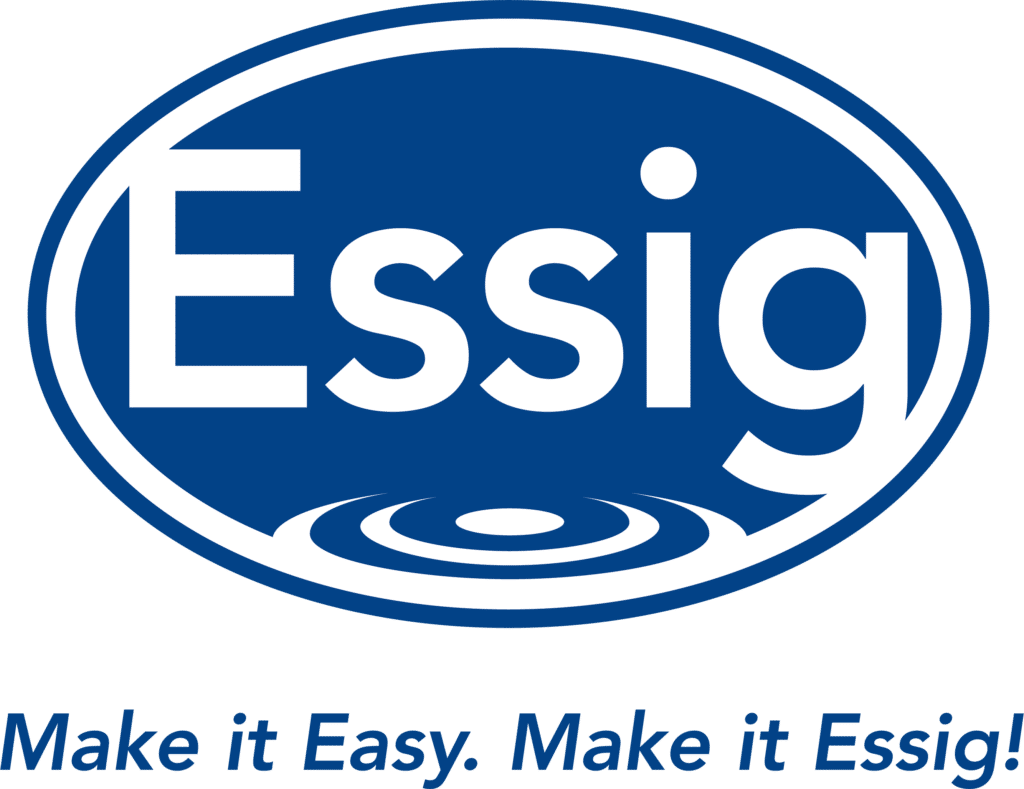The frigid winter is officially over for us Pennsylvanians! Spring brings with it warmer days, but many of us are dreading it! Why? Seasonal allergies. According to the CDC, 24.4 million people have been diagnosed with hay fever over the last year leading to 12 million doctor’s visits. When you include those who aren’t diagnosed, it is estimated that anywhere between 10% and 30% of people in the United States suffer from allergies.
Since hay fever is caused by allergens in the air like pollen, there’s not much you can do to avoid it. While this is true when you’re walking through the park or going to work, it isn’t true for your home. Just like you have security to keep people out, you can take steps to block allergens from entering your home’s air. Here are our tips to make your home an allergy-free zone this spring.
Schedule a Duct Cleaning
Your heater probably saw a lot of use this winter. Over time, dust and other allergens can start to pile up in your ducts. While we can see dust bunnies when they form behind our couch or on a seldom-used table, we can’t really see how dirty our ducts are. Homeowners have no idea if they’re breathing air that is passing through dust, allergens, and in some cases, mold or worse.
It probably goes without saying that you should clean your ducts from time to time if you want to have good air quality inside your home. We recommend you do this every few years. If there are seniors or young children in your household, you should consider duct cleaning even more often.
We use specialized vacuums that can clear out your ducts quickly and effectively. For those looking to upgrade their HVAC units soon, we recommend that you consider ductless heating and cooling, which can be even better for indoor air quality.
Spring Cleaning
Duct cleaning is effective but is not the be-all-end-all of indoor air quality. Clean air coming out of your ducts isn’t going to magically make it easier to breathe in a room that’s already filled with dust. There are so many other factors that play into indoor air quality and we need to have a comprehensive approach if we are going to improve it.
Some of the main sources of pollution in a home are furniture and carpeting. These objects pick up dust easily and all of that gets kicked into the air with every step. If you aren’t regularly vacuuming, your indoor air quality is going to be poor. Spring is the perfect time to take an inventory of your home and clean it. Make sure you’re getting the obvious spots, while also cleaning out some of the places that often overlooked. Put together a plan that reminds you to vacuum your drapes or clear out your floor vents semi-regularly.
Improve Your Indoor Air Quality
Allergies are of course tied to your respiratory health. Our immune systems are designed to filter out potential allergens, but they can be compromised from performing this task by environmental factors. One example is humidity.
Constantly breathing dry air can have a negative impact on your ability to fight off potential allergens. Your sinuses and lungs are lined with liquid and that can dry up if you breathe dry air. To make sure your respiratory system is totally healthy, we recommend your home to be somewhere between 30% and 40% humidity.
We offer humidifiers and dehumidifiers to make sure you stay within that range. Not only is this great for your health, but a home with the correct humidity levels is just more comfortable. Your skin won’t feel as dry and it’ll feel warmer in your home so you won’t have to spend as much on heating.
Essig Plumbing & Heating would love to help improve the air quality in your home. Feel free to give us a call at (610) 557-3302 or fill out an online contact form to set up an appointment.

